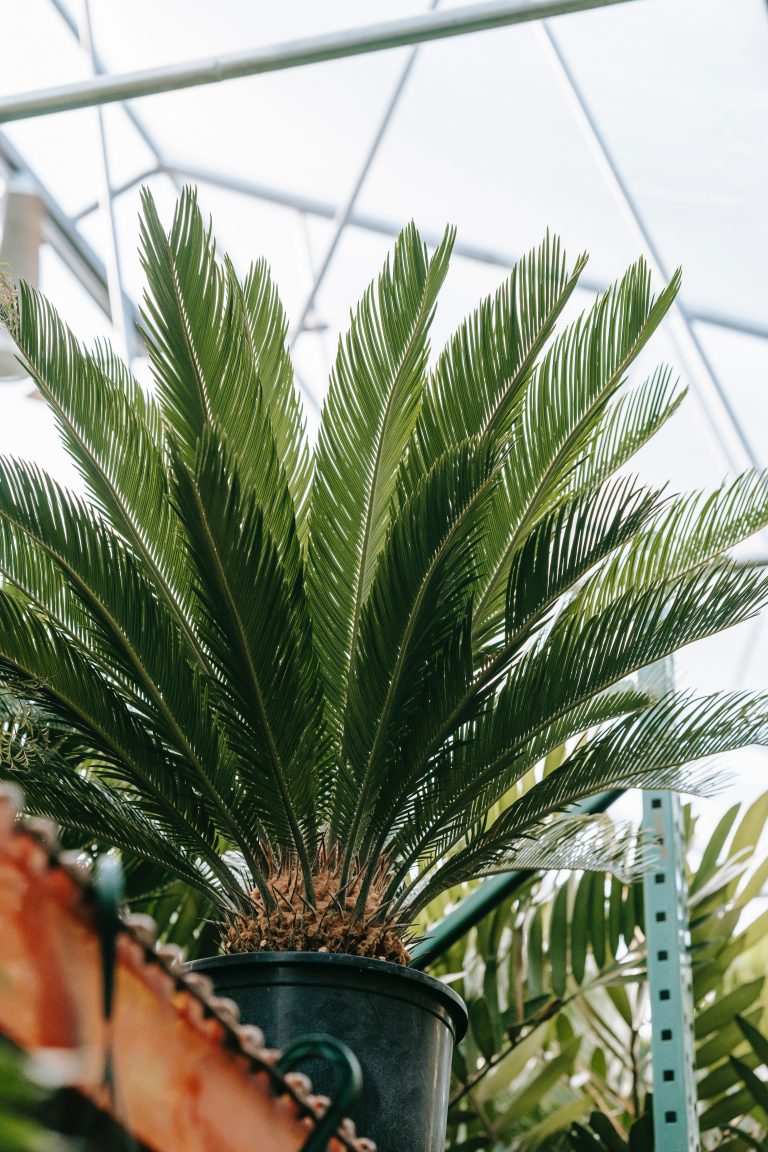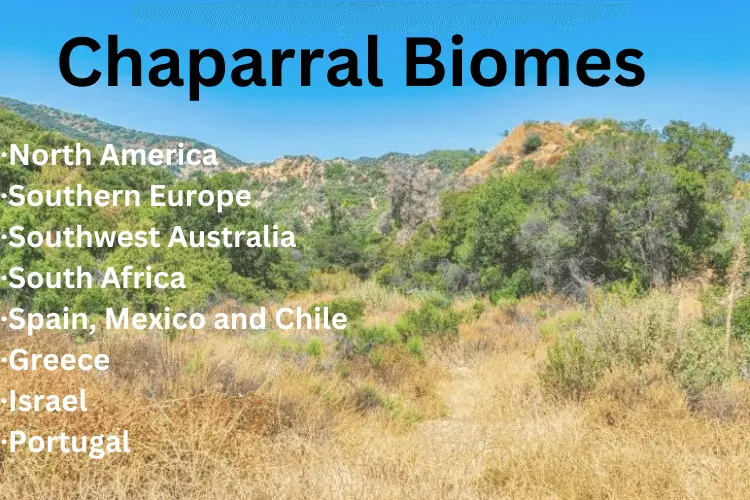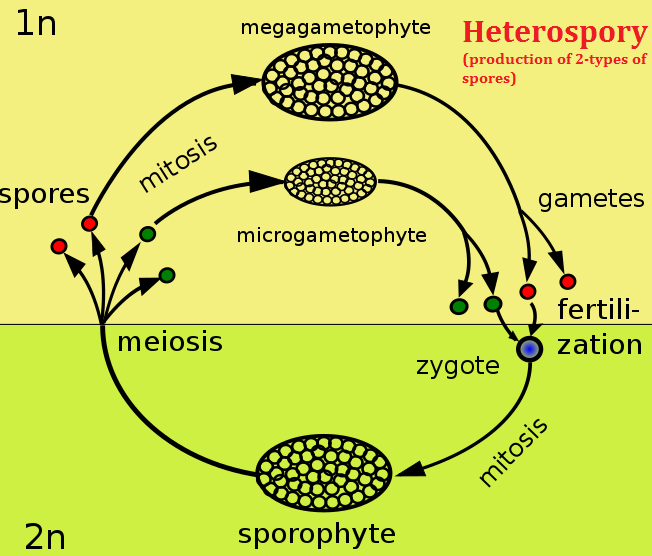Gondwana Flora and Fauna of the World
Introduction to the Gondwana Flora
Gondwana flora is a collection of continents including Australia, Antarctica, Africa, South America, and India (Fig 1). This supercontinent was once a unity and finally broke up during the Mesozoic era. The above-mentioned masses of land share common stratigraphic features like fossils and sediments as there was easy and free migration of flora and fauna exhibiting similarity in floristic composition.
The name was derived from the word Gonds (the name of the tribe inhabited in these areas). In the 1880s, Medicott proposed the name Gondwana to the fossil strata found in the central part of India (States of Madhya Pradesh, Andhra Pradesh, and Maharashtra). Gondwana strata form a continuous sequence from Upper Carboniferous to the early Cretaceous Era. It existed for nearly 225 million years.

Creation of Gonwana Land (1:00 to 1:50)
In these strata, fossils of a distinctive plant – Glossopteris – are found more predominately. A comparable type of formation of flora and fauna was found in Australia, South America, Africa, and Antarctica. Wilson and Bowers discovered remains of Glossopteris in Australia and Antarctica in 1910. It is believed that all these areas were once a part of the supper continent and then separated from each other as a result of some geological processes (movement of tectonic plates). The same was reported by Austrian geologist Eduard Suess in 1885. Some scientist referred to supercontinent as Gondwana land or Gondwana.

Conglomerates, sandstones, shales, coals, fluviatile (river), and lacustrine (lake) were the topographic and edaphic features of Gondwana. The remains and sediments of Gondwana were bounded and protected by Archaean rocks in their original horizontal stratification.
Gondwana Flora of India:
The Gondwana rocks are present in central India and in river valleys of the Peninsular region including the Sone-Mahanadi, Wardha-Godavari, and Damodar valleys. The Gonds tribe is still inhibited in these areas and their language is Gondi language which is similar to Tamil. Some impressions are also found in Punjab and Northern India but these fossils are metamorphosed and contain very poor contents.
Classification of Gondwana Flora:
Paleobotanists proposed a three-fold division of Gondwana which is further divided into different series and stages. These divisions are
- Lower Gondwana
- Middle Gondwana
- Upper Gondwana
Lower Gondwana Flora:
This division is characterized by the dominance of Glossopteris flora. This division is extended from the Permian period to Middle Triassic Period. Talchar, Barakar, Raniganj, Bijori, etc were the formations of this period.
Middle Gondwana Flora:
This division represents the rise of Dicroidium flora and declining of Glossopteris flora. This division is extended from Middle Triassic Period to the upper Triassic Period. This division includes different formations like Panchet, Pachmarhi, Bagra, Karthi, Tiki, etc.
Upper Gondwana Flora:
This division extends towards the end of the Gondwana era. This one is characterized by the dominance of Ptilophyllum flora. This division ranges from the Jurassic to Lower Cretaceous Period. Gangapur, Jabalpur, Dubrajpur, Bhuj, Kota, Pariwar, etc., formations are included in this part.

Fig 3: Palaeozoic Gondwana; A. Euryphyllum, B. Neuropteris, C. Gangamopteris, D. Glossopteris
See Also;
Floristic Composition of Gondwana Flora:
Following plants were recovered from various strata of Lower Gondwana;
Floristic Composition of Lower Gondwana
Pteridophytes:
- Lycopodiales: Cydodendron
- Equisetales: Phyllotheca, Stellotheca
- Filicales: Gondwanidium, Angiopteridium
- Sphenophyllales: Sphenophyllales, Trizygia
Gymnosperms:
- Cycadales: Pseudoctenis
- Ginkgoales: Ginkgo
- Glossopteridales: Glossopteris, Glossotheca
- Cordaitales: Cardiocarpus
- Coniferales: Dadosylon, Buriadia
Floristic Composition of Middle Gondwana
Following plants were recovered from various strata of Middle Gondwana;
Pteridophytes:
- Calamitales: Neo-Calamites
- Equisetales: Schizoneura
- Filicales: Pecopteris, Sphenopteris
Gymnosperms:
- Cycadales: Pseudoctenis, Taeniopteris
- Cycadeoidales: Zamites
- Glossopteridales: Glossopteris, Taeniopteris
- Cordaitales: Cardiocarpus, Samaropsis
- Coniferales: Araucarites
Floristic Composition of Upper Gondwana
The following plants were recovered from various strata of Upper Gondwana;
Pteridophytes:
- Isoetates: Isoetites
- Equisetales: Equisetites
- Filicales: Phlebopteris, Sphenopteris
- Lycopodiales: Lycopodites
Gymnosperms:
- Cycadales: Pseudoctenis, Taeniopteris, Nissonia
- Cycadeoidales: Podozamites, Otozamites, Williamsonia
- Ginkgoals: Baiera, Ginkgoites
- Cordaitales: Cardiocarpus, Samaropsis, Neoggerathiopsis
- Coniferales: Araucarites, Dadoxylon, Indophyllum

Fig 4: Mesozoic era Gondwana, A. Williamsonia Sewardiana, B. Cycadeoidea, C. Ginkgoites
Economic Importance of Gondwana Flora:
Each type of flora has its own importance. Strata of Gondwana flora are found to be very rich in the following natural resources;
- Iron Ore: Ironstone shales of about 760 m thickness have been found. These ferruginous shales are rich in iron-containing 40-50% of it.
- Coal: Coal Bituminous coal has been found in rocks of Barakar and Raniganj formations.
- Clay: Abundant clay is found in Gondwana rocks. This clay is used for making pottery, chinaware, and refractory bricks.
- Stone Building: Sandstones of Gondwana are of inferior quality and are just used for building stone.
Conclusion
- Gondwana was a supercontinent comprising Australia, Africa, South America, and Inda.
- Most of the strata of these regions are rich in Glossopteris and Ptilophyllum flora.
- Now a day, this flora is obvious in the central part of India where the Gonds tribe is inhibiting for centuries.
- Broadly Gondwana can be divided into three divisions named Upper, Middle, and Lower Gondwana.
I’m Dr Qaiser Maqsood (PhD), a dedicated researcher and expert in Biological Sciences, Gardening, Bio-Diversity, Ecology, and Environmental Sciences. I’m much concerned about Environmental Pollution, Climate Change, Plantation, Gardening, and Global Warming. My passion is to explore innovative solutions in all these fields.
Be aware that we have ONLY ONE EARTH. Protect it!!






